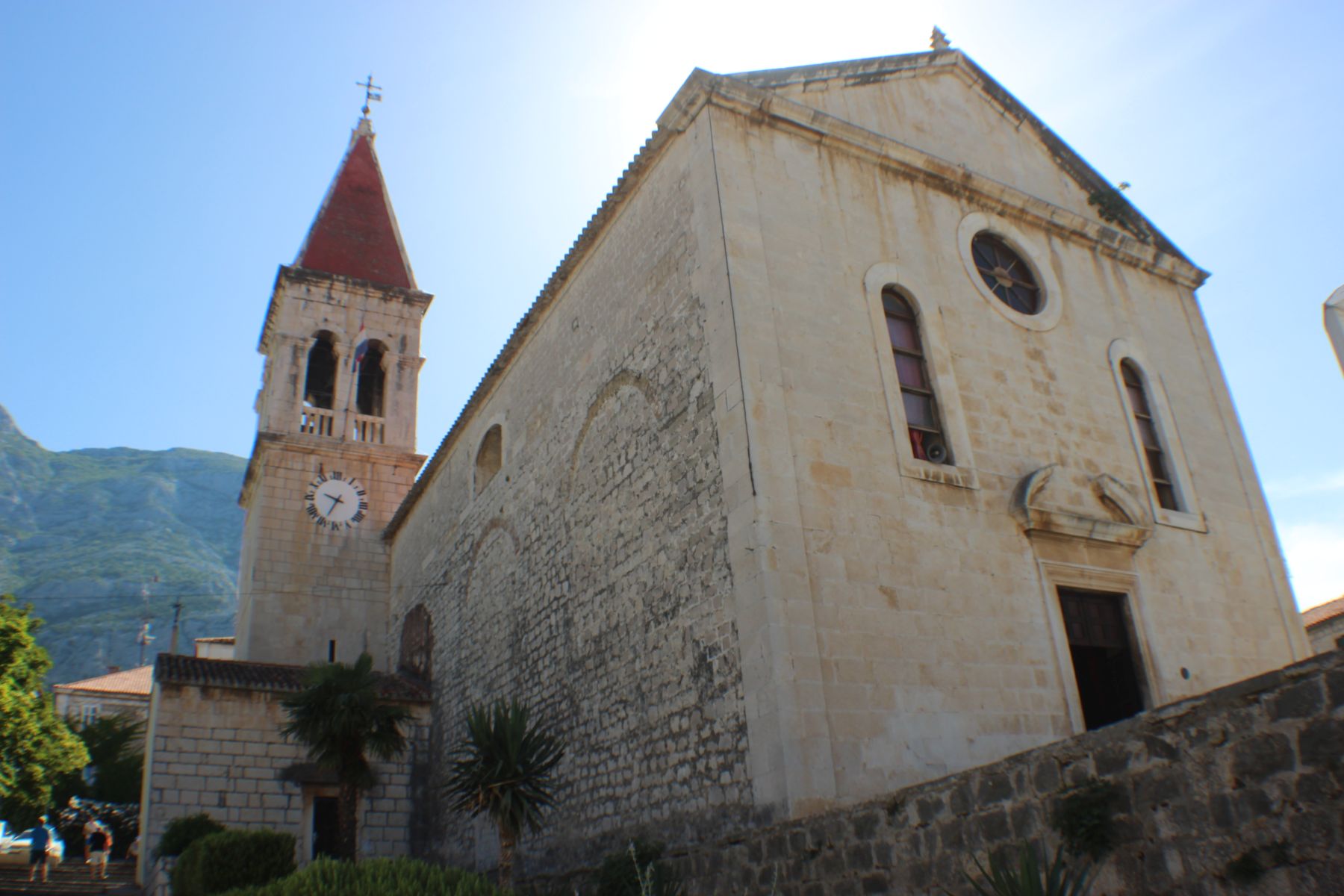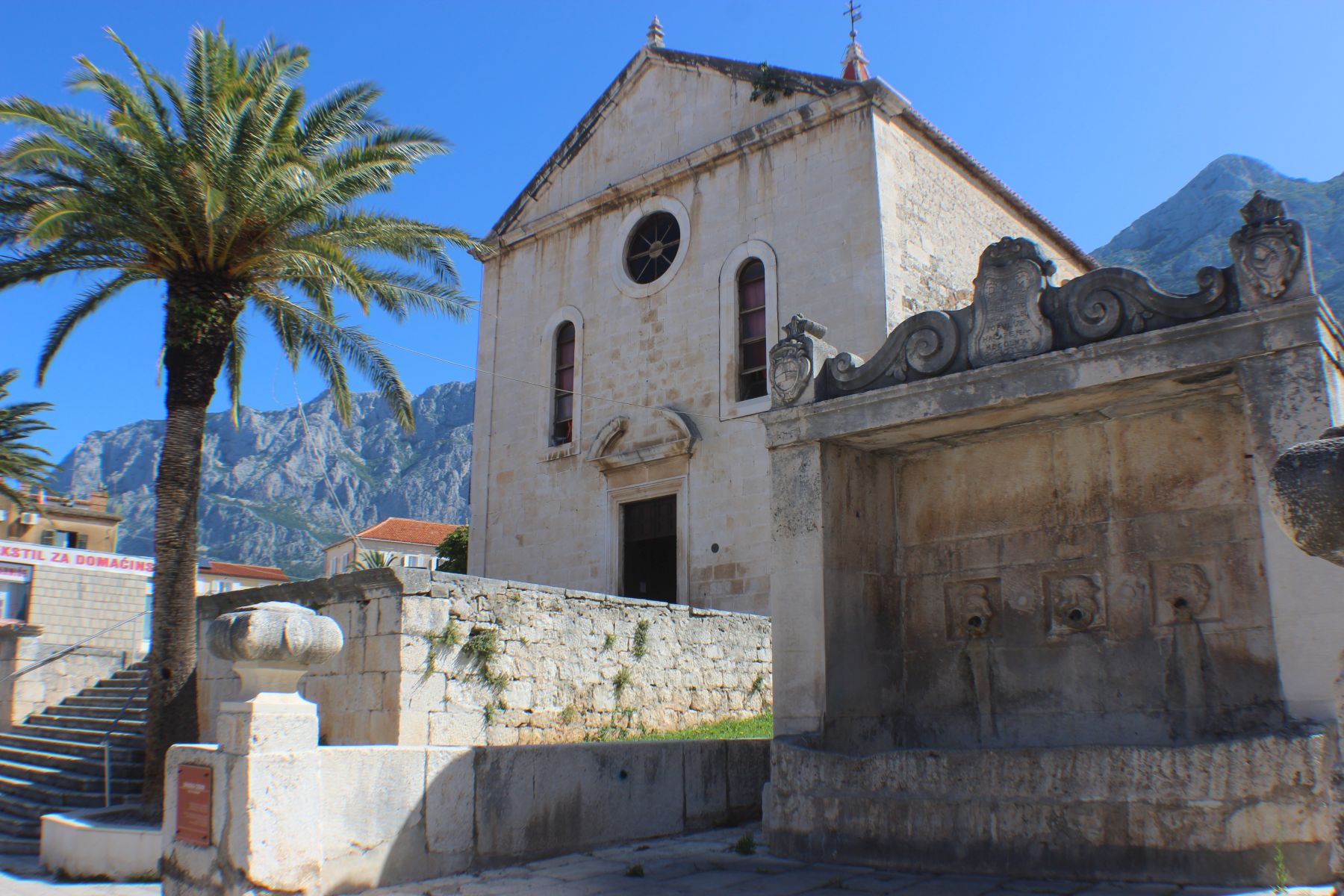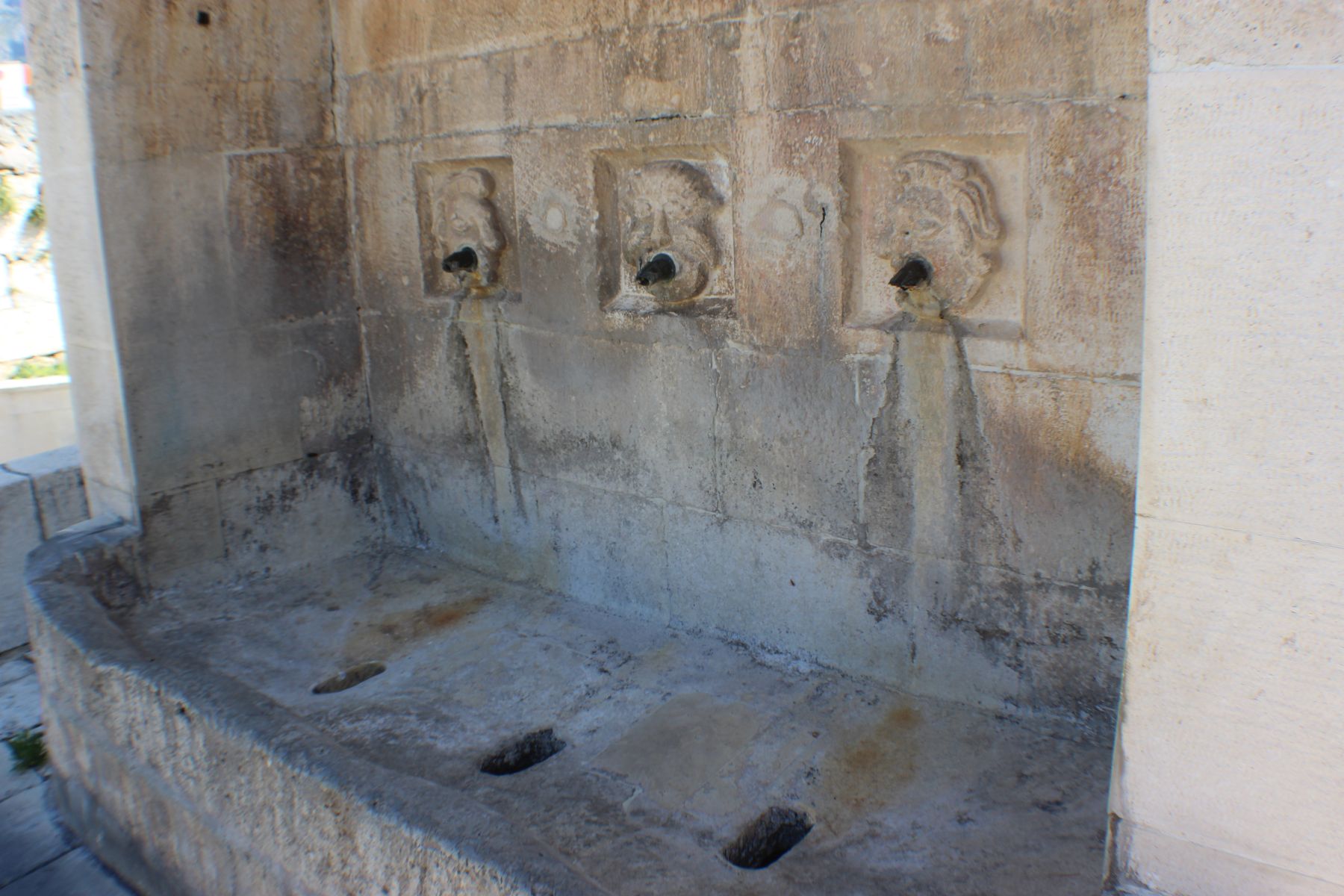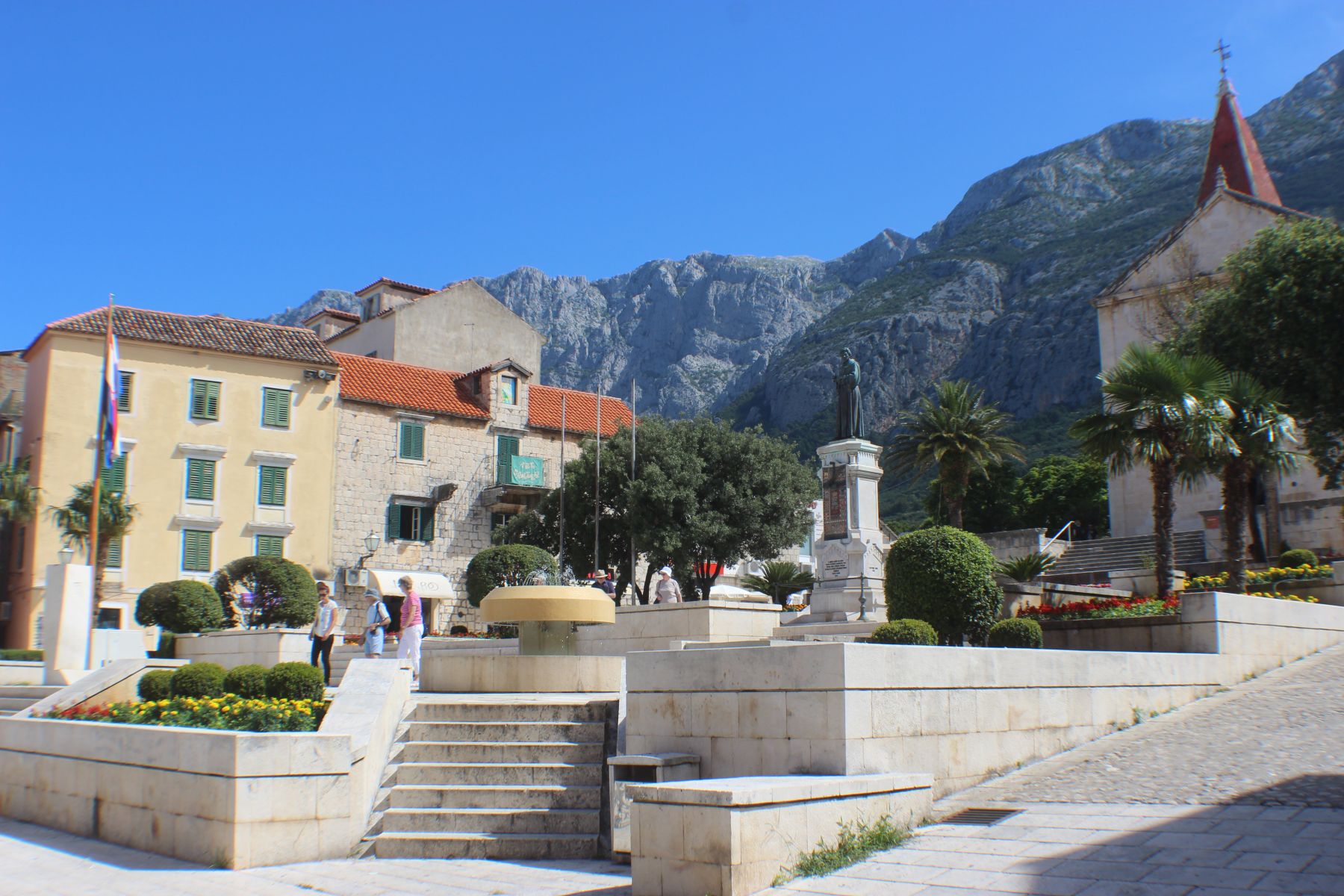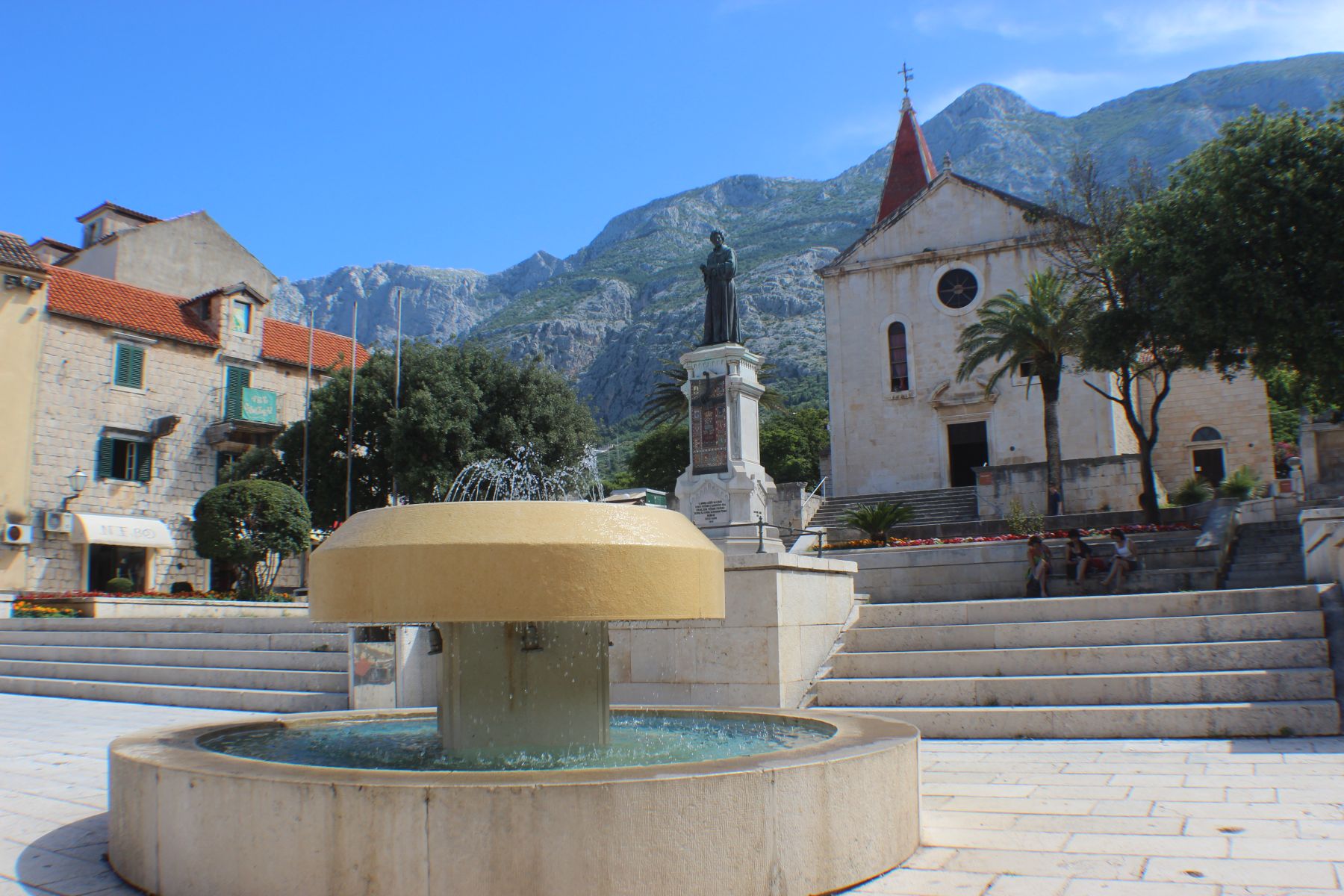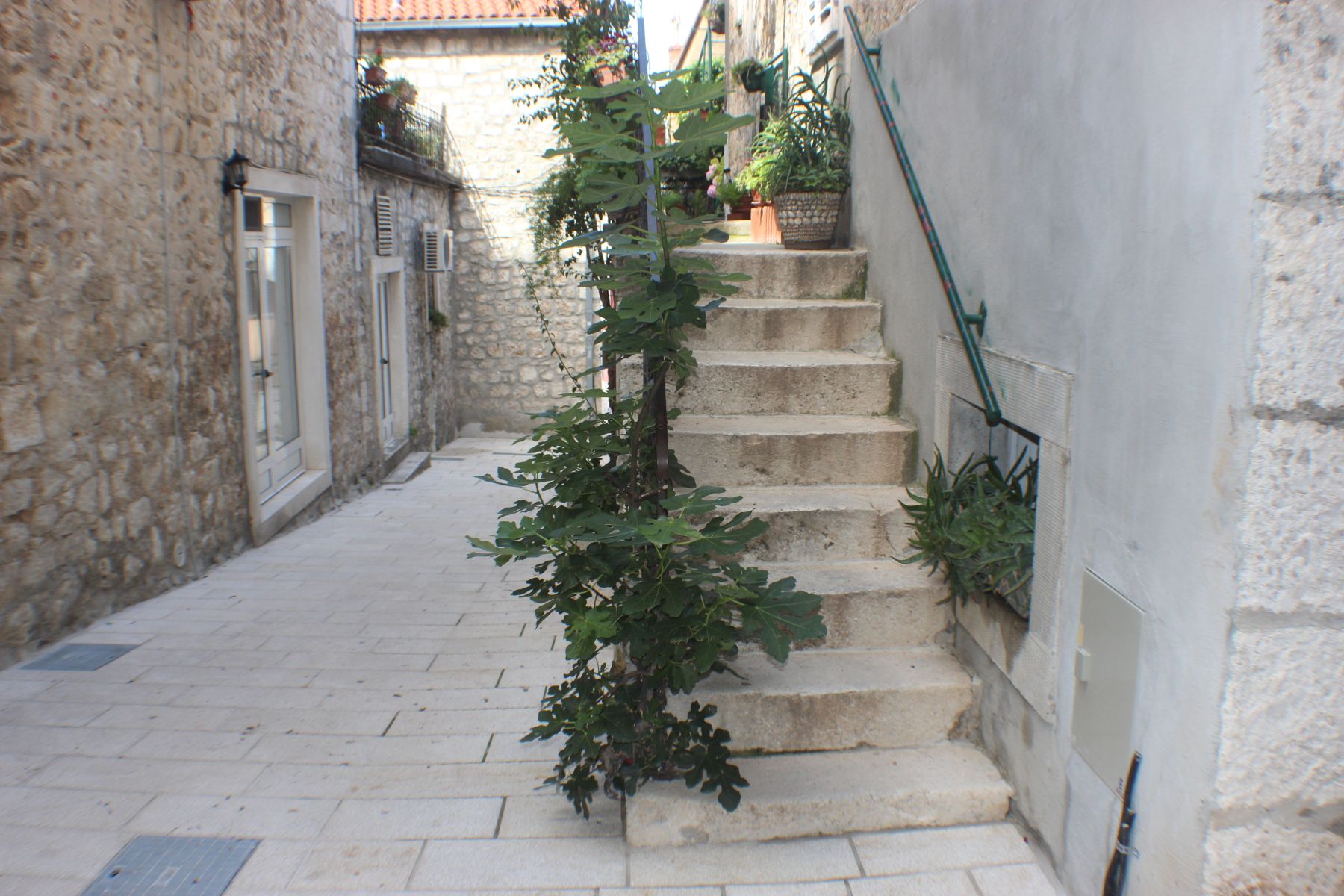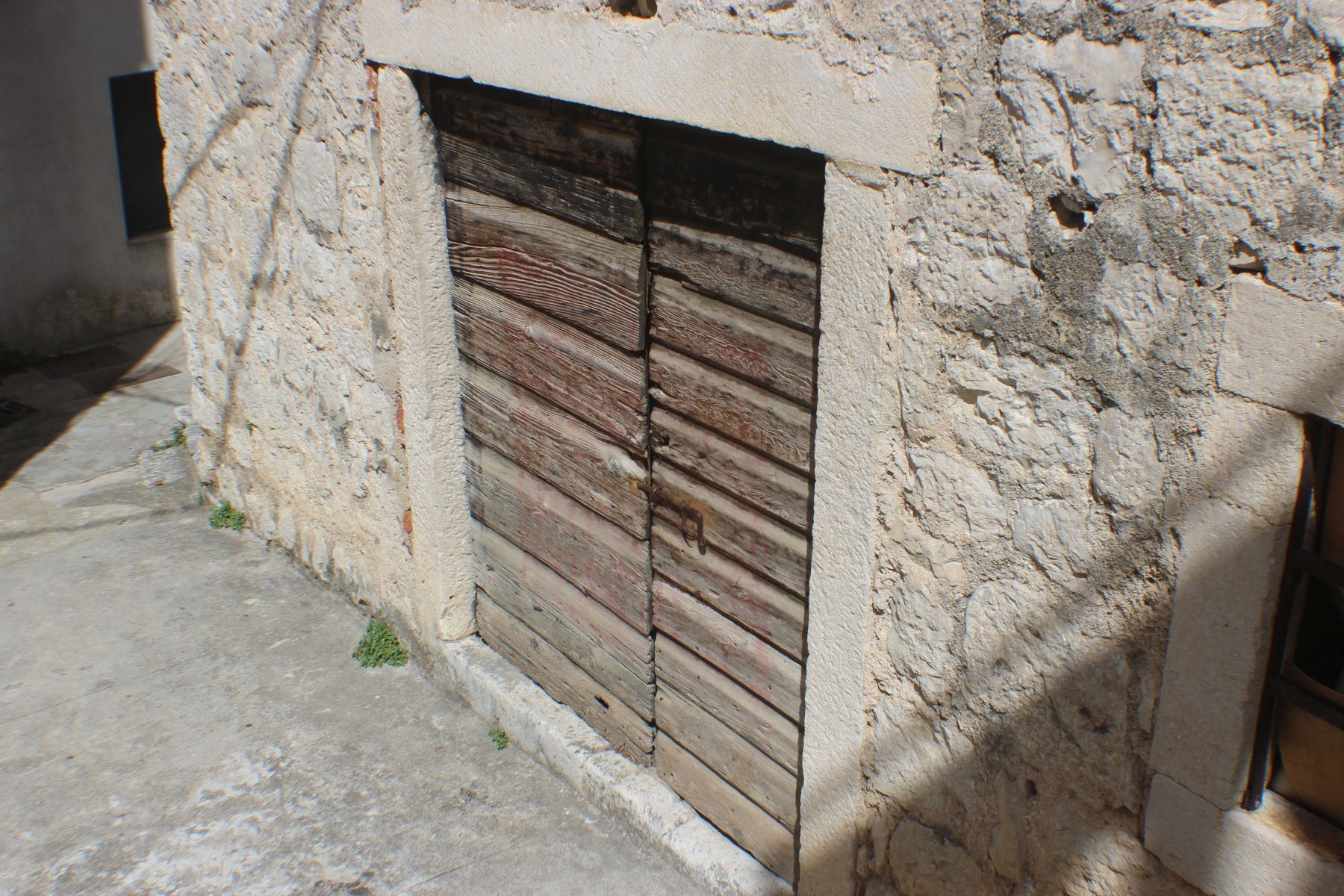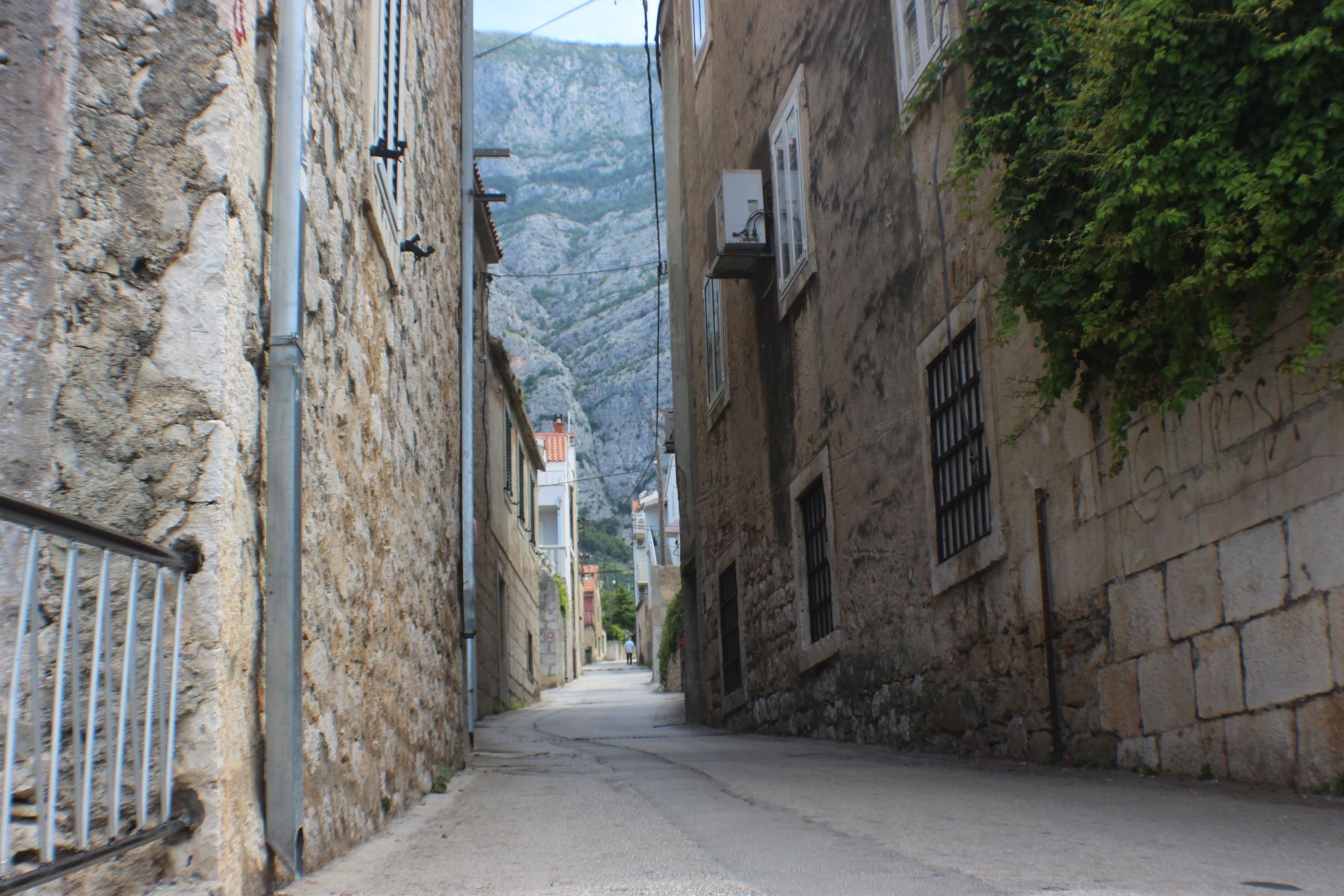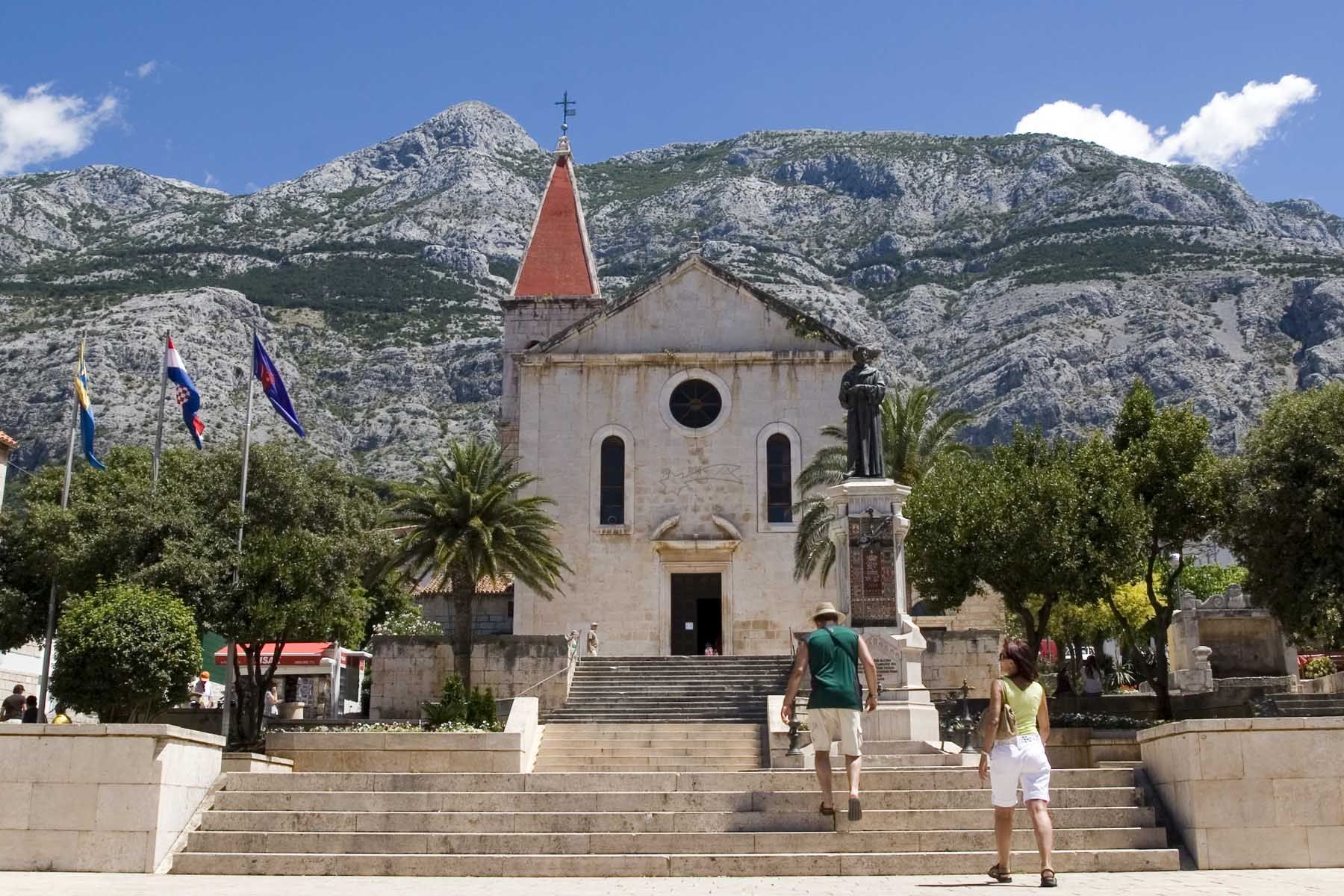Despite two hundred years of Turkish occupation, little of Ottoman vintage survives, and the Venetian and Habsburg era buildings on the seafront Riva coexist with modem apartment blocks thrown up after the lounsm boom. All that survives of the old town is one central square, Kačićev trg, which slants up just behind the waterfront to the Baroque St. Mark's Church (Crkva sveti Marko). Outside is Ivan Rendić's statue of Andrija Kačić-Miošić (1704-1760). The Franciscan friar whose Razgovor ugodni naroda slavinskog“ ("A Pleasant Conversation of the Slav People") was the most widely read book in the Croatian language until the twentieth century, after which its archaic stvle fell out of fashion.
Kašić's work, a history of the Croats written in verse, and containing material taken from folk poems recounting Slav heroism in the face of the Ottoman Turks, was a landmark in the creation of a modem Croatian consciousness. There's a rather pedestrian Town Museum on the Riva, featuring old nautical relics and photographs. The Franciscan monastery, just east of the centre, is worth visiting for the enormous contemporary mosaic in the apsc of its church. Completed by Josip Biffel in 1999, it's rich m greens and turquoises, with Christ the Pantokrator presiding over an array of colourful sea-creatures. The Seashell Museum (Malakoloski muzej) in the monastery courtyard is more engrossing ihan vou might expect, its colourful exhibits shown to maximum advantage in a stylish and well-planned display.
The main beach is west of town, where a seafront path backed by the main package hotels stretehes for some 2km. Far more attractive is Nugal, an enticing stretch of pebble squeezed between red-streaked cliffs 3km southeast of town - to get there, head to the eastern end of Makarska's Riva and pick up the marked trails leading up into the woods.







